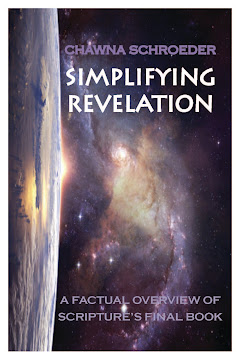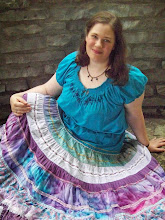 Title: The Ordinary Princess
Title: The Ordinary PrincessAuthor: M. M. Kaye
Genre: Mid-grade (8-12) Fairy Tale
Excerpt from “Lavender’s Blue,” Part I:
Long and long ago, when Oberon was king of the fairies, there reigned over the fair country of Phantasmorania a monarch who had six beautiful daughters.
They were in every way all that real princesses should be, for their hair was as yellow as the gold that is mined by the little gnomes in the mountains of the north, their eyes were as blue as the larkspurs in the palace gardens, and they had complexions like wild rose petals and cream.
Their royal mama the Queen was very proud of them, and they had all had extremely grand christenings when they were babies. She had called them all after precious stones and was often heard to refer to them playfully as “my jewels.” Their names were Diamond, Opal, Emerald, Sapphire, Crystal, and Pearl.
Every princess wore a golden crown set with the jewels of her first name, so you can imagine the excitement in the city of Phanff (which is the capital of Phantasmorania) when the news leaked out that Messrs. Heibendiks & Piphorn, Goldsmiths and Silversmiths, By Appointment to His Majesty King Hulderbrand, had been commissioned to make another crown and this time to set it with amethysts.
Gifted by a fairy godmother with ordinariness, a princess runs away from home to escape marriage to a boring prince.
The Craft: The Ordinary Princess is not a book destined for greatness or deep discussion of literature. Instead, it is a rather ordinary story with its share of flaws and virtues: The beginning takes more than its share of pages, but the characters will make you giggle. The plot is predictable—yet the premise turns the fairy-tale style on its head. The omniscient voice of a typical fairy-tale narrator is both distracting and delightful.
Yet this “ordinariness” is exactly right for this ordinary fairy-tale about an ordinary princess, creating a playful story that’s fun to read.
The Content: Like the writing, the content is ordinary. No deep theological probing. No grievous heresy. It mixes the good and the bad, putting the typical romanticism (love based purely on fickle emotions) next to the elevation of the common person, hard work, and the joy of normal things. It also has the usual fairy-tale magic, like you find in Sleeping Beauty or Cinderella, where a non-human entity pops in and out of the protagonist’s life to bestow guidance and gifts upon them.
Summary: The Ordinary Princess is a simple story, full of fun. A delightful read for all ages, it adds the sparkle of humor and childhood wonder to a well-balanced fiction diet.
Rating: Writing—3.0, Content—3.0, Overall—3.5
Buy The Ordinary Princess here.




No comments:
Post a Comment